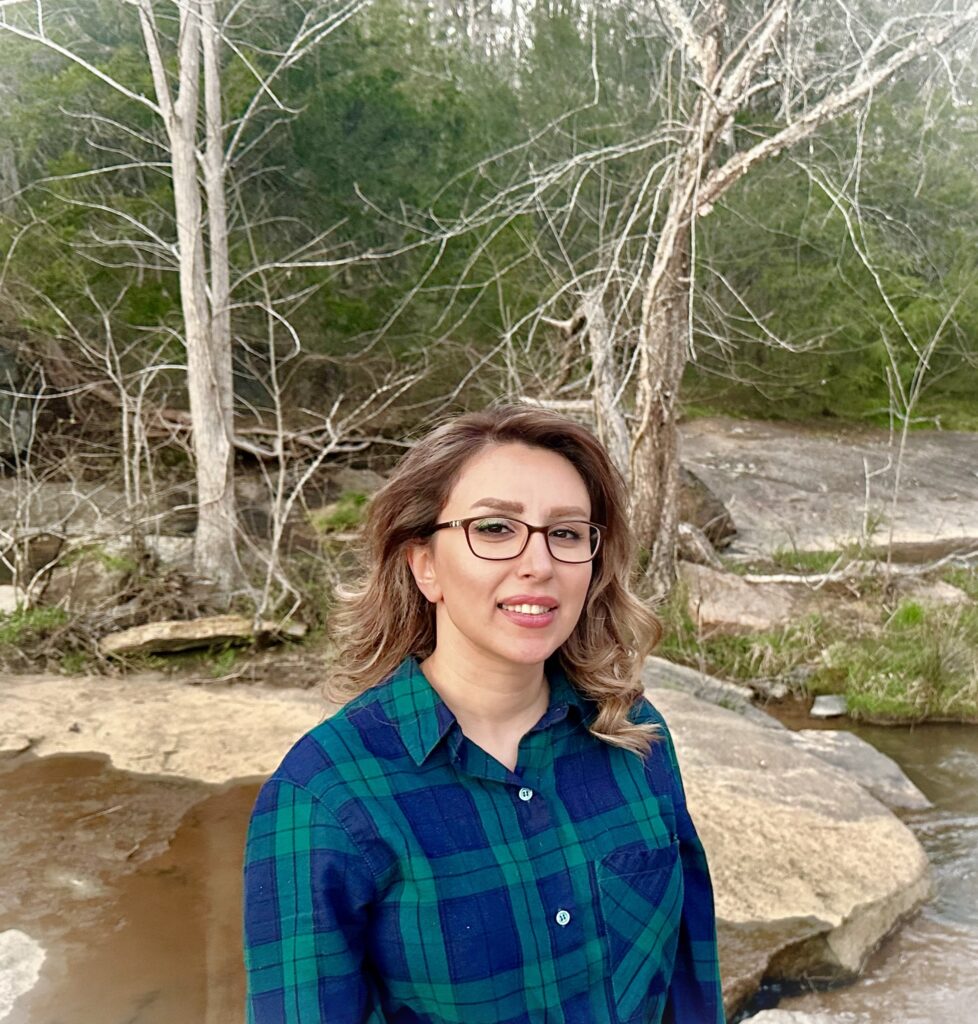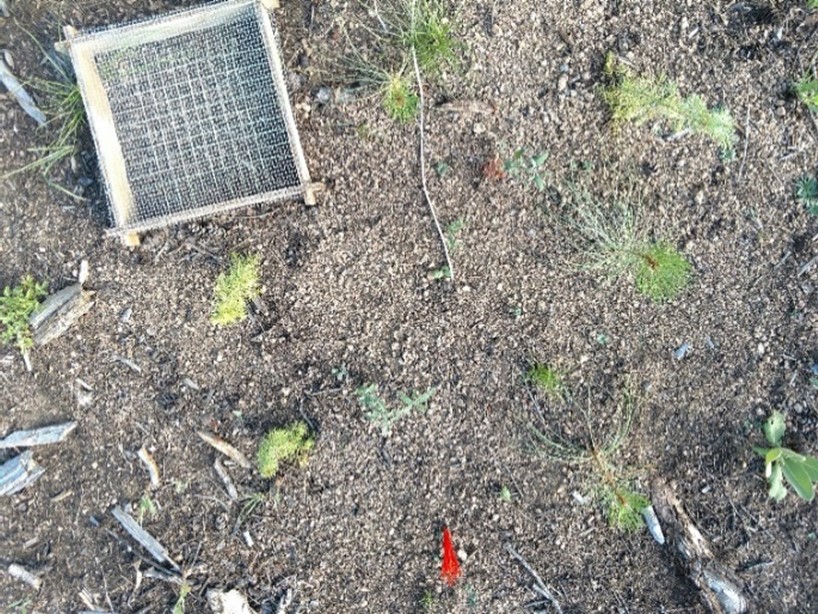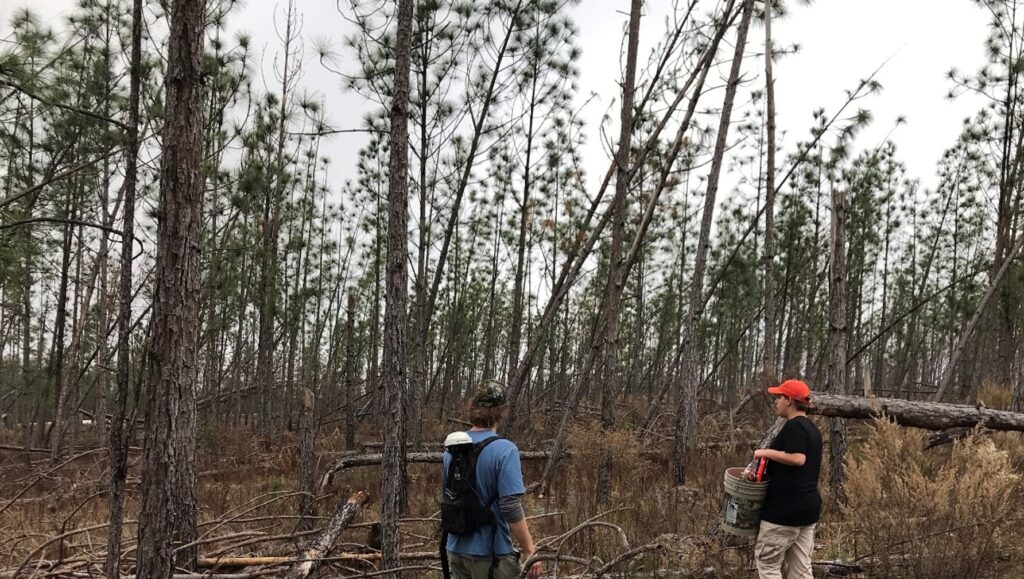Landscape Ecology Lab welcomes Dr. Behnoosh Abbasnezhad

The Landscape Ecology lab is proud to welcome Dr. Behnoosh Abbasnezhad who recently completed her PhD research at the Warnell School of Forestry and Natural Resources. Dr. Abbasnezhad’s future work will improve conservation outcomes in longleaf pine ecosystems by working with NRCS to develop tools for identifying high-priority areas for conservation easements and develop education materials to improve natural disturbance-based management outcomes in longleaf pine.
New study: Regeneration and microclimate patterns in a structurally diverse ponderosa pine forest

Forest restoration treatments in ponderosa pine forests of the western US emphasize creation and maintenance of complex forest spatial pattern. Patterns of canopy cover and light can alter microclimate and impact seedling germination and growth. We studied fine-scale abiotic conditions and seedling dynamics for 3 years in a dry conifer forests near Denver, Colorodo. We found that canopy cover was important for mitigating extreme conditions, but that survival of all species was greatest in warm dry microclimates.
New study: Protecting planted longleaf pine from severe winds

Planted stands of longleaf pine contribute to landscape-scale restoration of the ecosystem and the imperiled species it harbors. Yet frequent severe winds from hurricanes occur throughout its range. We surveyed planted stands of longleaf pine in the aftermath of Hurricane Michael. We found that damage increased with forest fragmentation and stands with increased taper were most resistant
Can off-site native pines accelerate longleaf pine restoration?

Meeting the pace and scale of longleaf pine restoration may require innovative solutions. Restoration of longleaf pine woodlands often starts with removal of native pines, prior to re-establishing longleaf pine. Here, we review functional similarities among native, off-site pines such as loblolly, slash, and shortleaf have enough functional similarity. We found that native-off site species may be a useful tool for providing many of the ecological benefits especially if their retention permits unterrupted management with fire and open structure.